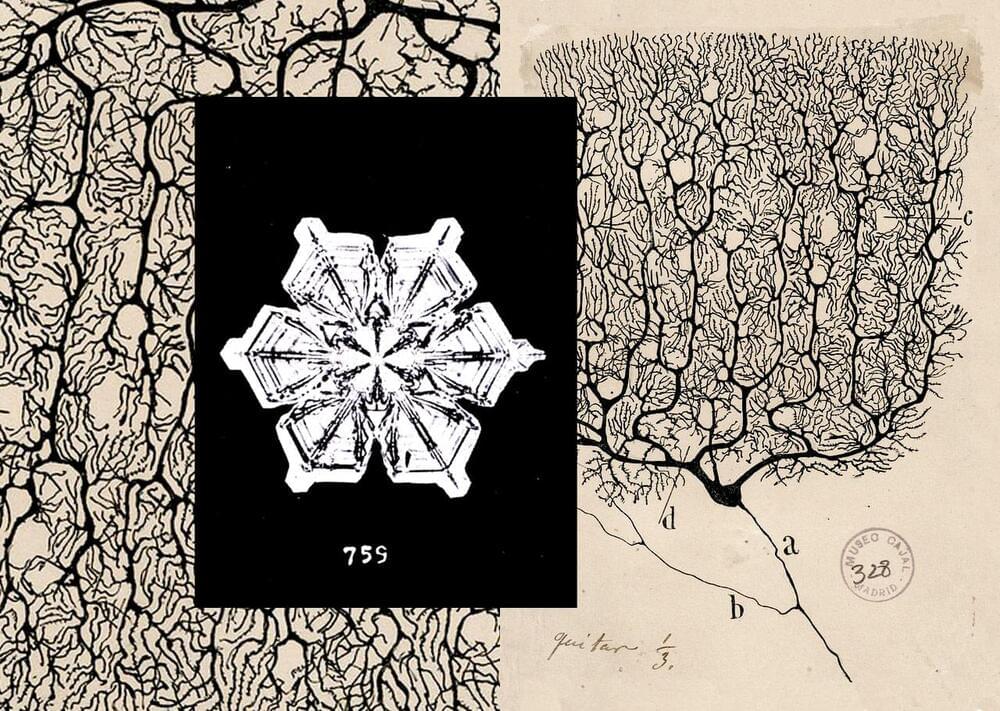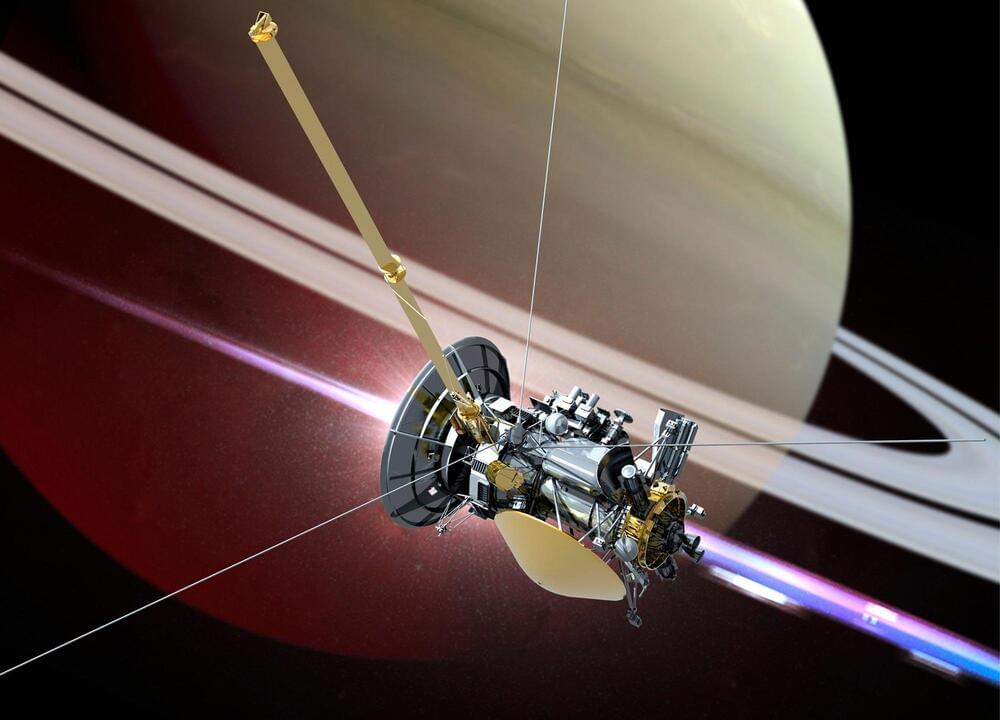The fact that no two are alike could be the key to designing AIs that can adapt to change.
On Wednesday, CEO Elon Musk outlined how the company’s under-development rocket will deliver a “high fly rate” of a dozen launches in 2022. This will enable the ship to deliver actual payloads in 2023 before moving on to more ambitious goals like sending humans to the Moon and Mars.
The comments, made at the joint meeting of the Space Studies Board and the Board on Physics and Astronomy, outline how the stainless steel rocket taking shape in Texas will move from prototype curiosity to working ship.
It’s a project that could enable some of SpaceX’s most significant goals. First outlined in 2017 under the name “BFR,” the Starship is a stainless steel rocket that measures around 400 feet tall when paired with its Super Heavy booster. It’s fully reusable, designed to fly up to three times per day. It’s capable of sending up to 150 tons or 100 people into space at a time.
“Fountain is an example of a biotech company emerging as a direct result of basic research, in this case the biology of aging,” said Dr Rando, founder and chairman of Fountain. “The company’s screening and discovery platform is built upon foundational research showing that the age of a cell can be modulated by factors in the cell’s environment. By identifying compounds that work through these pathways, we seek to restore youthful resilience to cells and tissues, leading to therapies that treat or even prevent chronic diseases of aging.”
Longevity funding: Eli Lilly and R42 Group join the party as Khosla-backed biopharma brings total Series A to $26 million.
More than 100 years ago, a lake outside what is now the Abbotsford, B.C., area was drained to create lucrative farmland. Many say that decision is a big contributor to the devastating flooding.
Watch The National live on YouTube Sunday-Friday at 9 p.m. ET
Connect with The National online:
Facebook | https://www.facebook.com/thenational.
Twitter | https://twitter.com/CBCTheNational.
Instagram | https://www.instagram.com/cbcthenational.
More from CBC News | https://www.cbc.ca/news.
The National is CBC’s flagship nightly news program, featuring the day’s top stories with in-depth and original journalism, with hosts Adrienne Arsenault and Andrew Chang in Toronto, Ian Hanomansing in Vancouver and the CBC’s chief political correspondent, Rosemary Barton in Ottawa.
Parachuting diapers into your backyard.
Drone delivery company Zipline is launching its first commercial service in the US in a partnership with Walmart in Arkansas. The service is extremely limited, though, only operating in a 50-mile radius.
Dozens of space-based telescopes operate near Earth and provide incredible images of the universe. But imagine a telescope far away in the outer solar system, 10 or even 100 times farther from the Sun than Earth. The ability to look back at our solar system or peer into the darkness of the distant cosmos would make this a uniquely powerful scientific tool.
I’m an astrophysicist who studies the formation of structure in the universe. Since the 1960s, scientists like me have been considering the important scientific questions we might be able to answer with a telescope placed in the outer solar system.
So what would such a mission look like? And what science could be done?
This series looks at concepts such as Artificial Intelligence, Transhumanism, Cybernetics, Androids, Robots, and Augmenting the human or animal mind.
While traditional computers use magnetic bits to represent a one or a zero for computation, quantum computers use quantum bits or qubits to represent a one or a zero or simultaneously any number in between.
Today’s quantum computers use several different technologies for qubits. But regardless of the technology, a common requirement for all quantum computing qubits is that it must be scalable, high quality, and capable of fast quantum interaction with each other.
IBM uses superconducting qubits on its huge fleet of about twenty quantum computers. Although Amazon doesn’t yet have a quantum computer, it plans to build one using superconducting hardware. Honeywell and IonQ both use trapped-ion qubits made from a rare earth metal called ytterbium. In contrast, Psi Quantum and Xanadu use photons of light.
Atom computing chose to use different technology — nuclear-spin qubits made from neutral atoms. Phoenix, the name of Atom’s first-generation, gate-based quantum computer platform, uses 100 optically trapped qubits.
Full Story:
Atom Computing describes itself as “a company obsessed with building the world’s most scalable quantum computers out of optically trapped neutral atoms.” The company recently revealed it had spent the past two years secretly building a quantum computer using Strontium atoms as its units of computation.
A new European satellite will use machine learning to provide rapid, low-cost information on soil conditions to enable smarter agriculture. The project is a model for what novel sensors and artificial intelligence technology can do in a vehicle no bigger than a shoebox.
Edge computing is a fashionable buzz-phrase for the technique of shifting the processing power away from the server farms of the internet and out to where the data is being collected. According to some, edge computing is the next great tech revolution, and in the case of satellites, where communications bandwidth is severely limited, it could be transformational.
The Intuition-1 satellite program will provide soil data to drive European precision agriculture projects, which involve applying fertilizer only when and where needed rather than treating an entire field. Precision agriculture is both more economical and easier on the environment — the catch is that it requires detailed information about soil conditions on a small scale. At present, establishing levels of soil nutrients in sufficient detail involves taking samples from multiple locations and sending them to a laboratory for analysis. This typically takes about three weeks.
Every one of us has a magical tool in our pockets or purses. We should be able to enter an unknown building, navigate to our desired location, know where the elevators are, and gain access seamlessly.
But we can’t.
Our buildings cost millions or even billions of dollars. They have the latest technology. But they don’t know how many people are in them. They don’t know when to turn the lights off, or learn when to start warming or cooling office or meeting space. They don’t reposition elevators for maximum efficiency, and they can’t tell first responders where the fire is, where the medical emergency is, or what the quickest route up is. Nor can they tell occupants that the air is clean today, or that there’s an elevated level of volatile organic compounds because the floors were just waxed yesterday.









